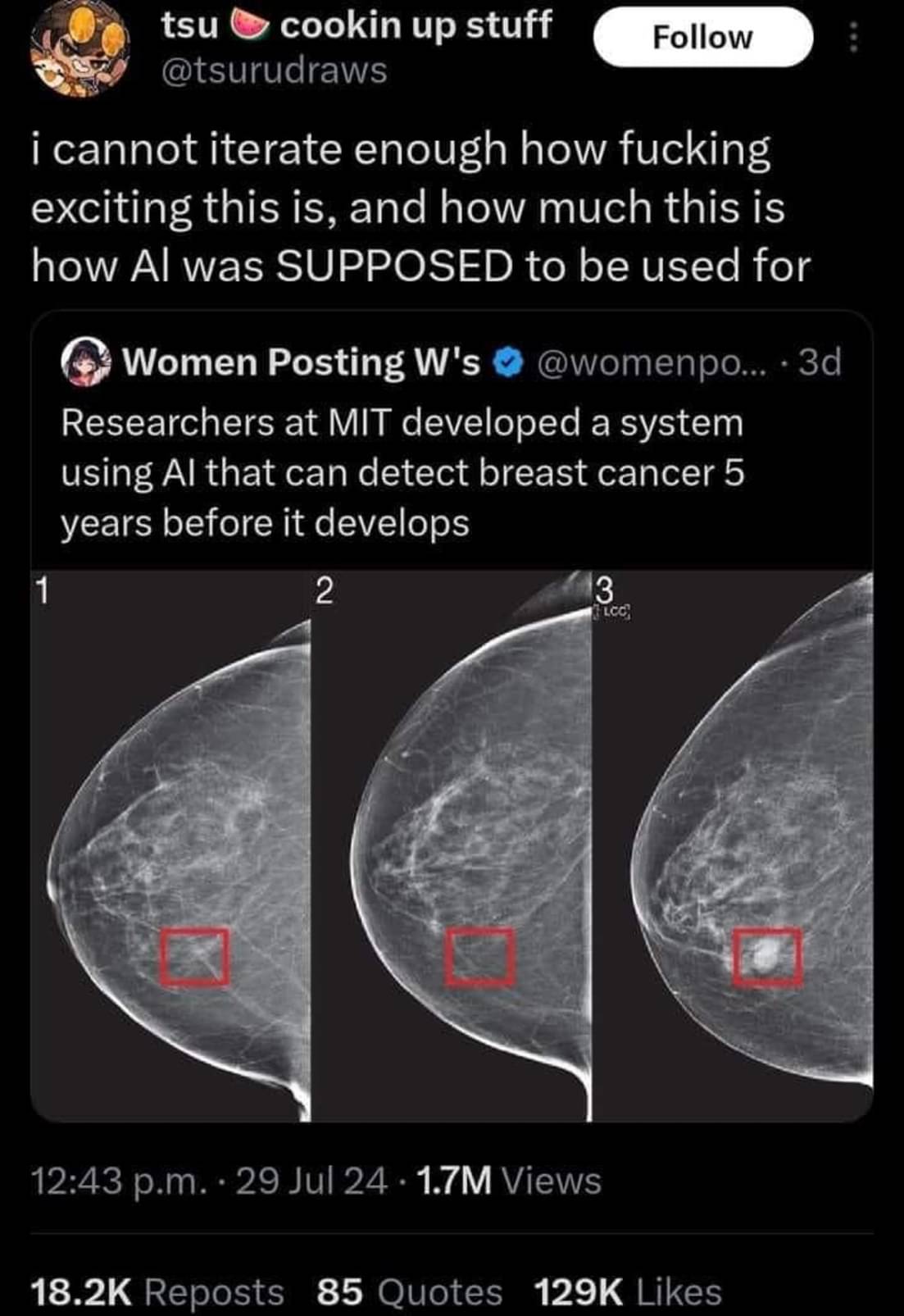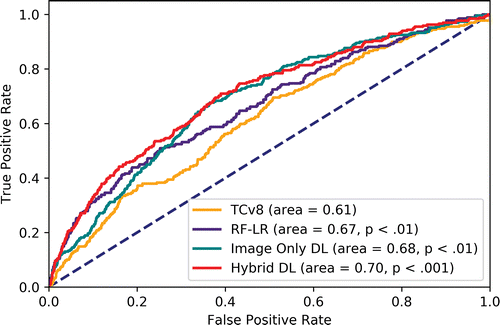They said something similar with detecting cancer from MRIs and it turned out the AI was just making the judgement based on how old the MRI was to rule cancer or not, and got it right in more cases because of it.
Therefore I am a bit skeptical about this one too.


